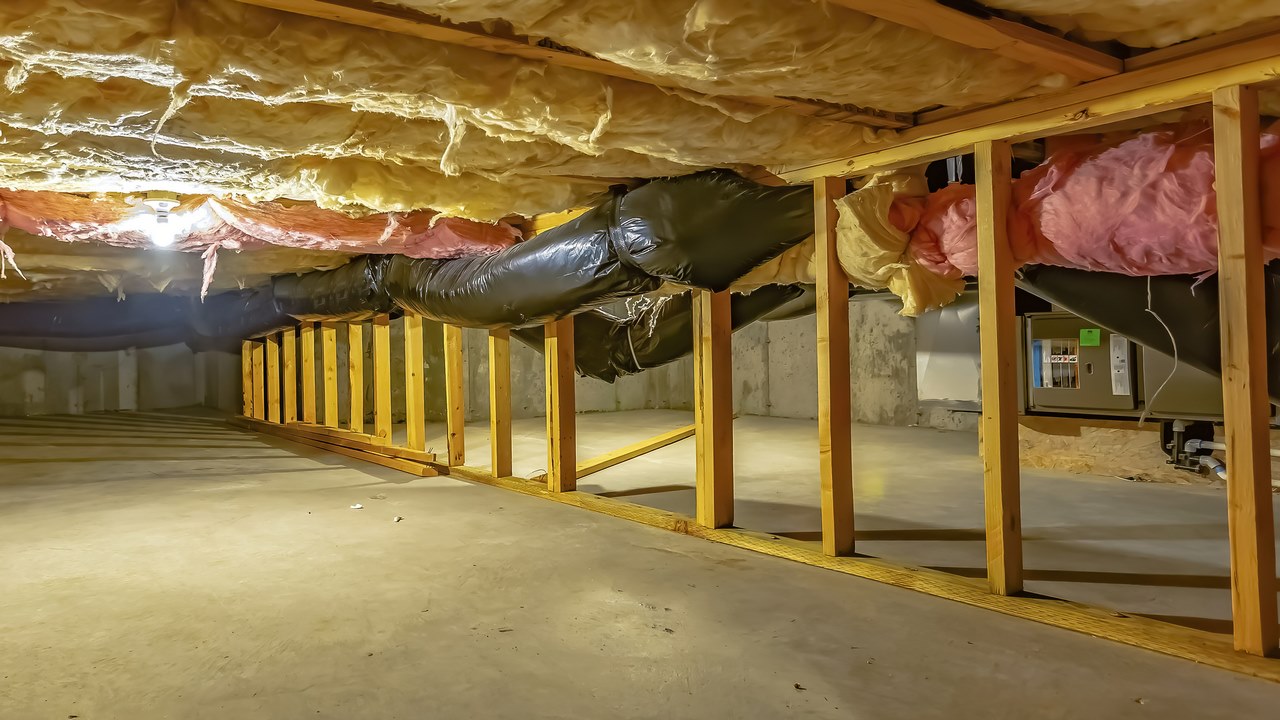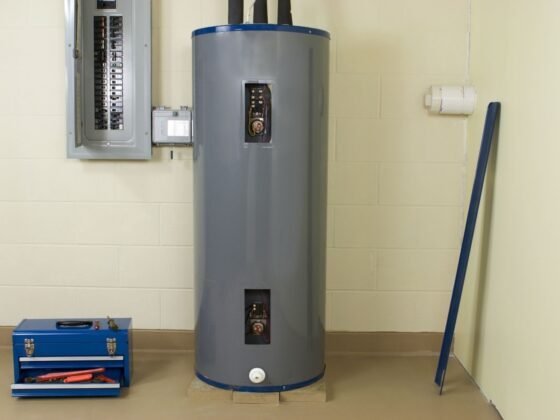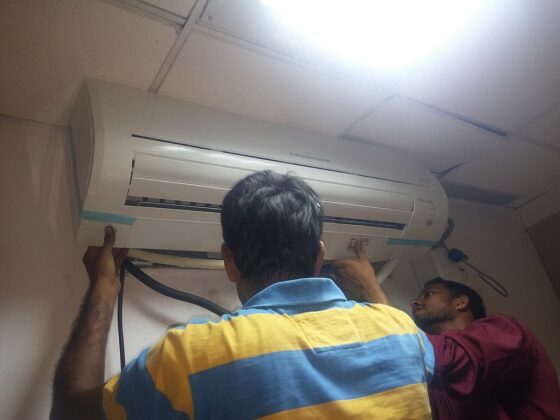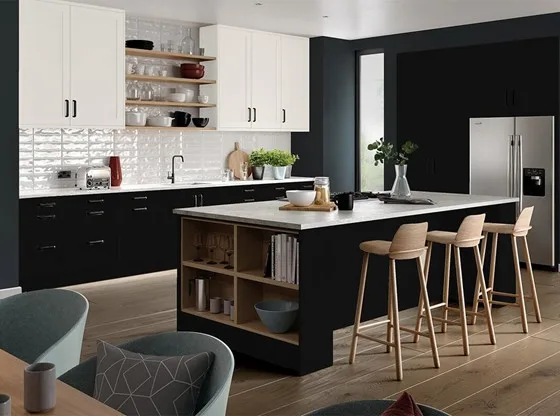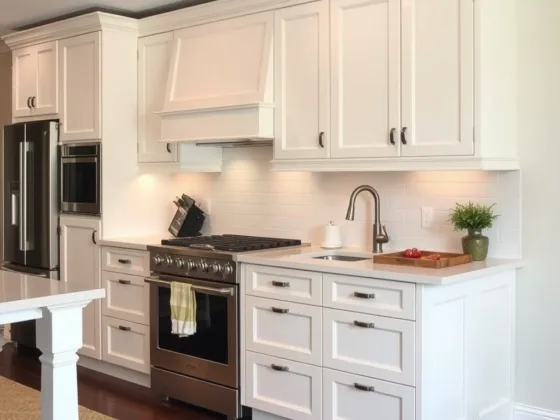Table of Contents Show
A crawl space is usually a narrow and unfinished space between the ground and your house’s first floor.
It’s an unseen part of a home and acts as access used for ventilation and the maintenance of your house’s electrical and plumbing system.
Essentially, it can be as small as 2 ft x 2 ft, hence its name, crawl space. And given its function, it’s only essential to know how to preserve and use that space.

A crawl space that is not regularly maintained and secured can be at risk of accumulating moisture, mildew, and dampness over time.
This, in return, can lead to pest infestations, possible damage to the foundation of your house, poor air quality within your home, and even a jump in your energy bills.
And as such, outlined below are some steps to help you avoid these problems and maintain your crawl space.
1. Encapsulate Crawl Space
Mold growth in a damp crawl space can negatively affect indoor air quality. It can also cause rotting in the wood framing around the foundation.
Moreover, you may attract insects, rodents, and even snakes. Your crawl space can be at risk for these problems if you have ground moisture and humid air concerns.
That said, crawl space encapsulation can be a good solution for homes with such cases. This approach includes enclosing and sealing a home’s crawl space, adding a moisture barrier to your crawl space’s floor, insulating the walls, and adding a dehumidifier.
Furthermore, encapsulation can also be a good solution if a vapor barrier alone isn’t enough to control moisture and ventilation. To do this, start by covering the walls and ceilings with a vapor barrier.
And in addition to a drain tile, it’s also recommended to have an efficient water drainage system. Adding a sump pump could work in this case.
As this may be a complex task, consider getting the services of professionals to assist you on this. More so, you can check out sites such as baycrawlspace.com and others to learn more about how you can manage crawl space problems.
2. Install Insulation
One of the notable benefits of installing insulation in your crawl space is efficient temperature regulation. This, in return, can help make your home more energy-efficient, allowing you to save on utility bills.
Today, fiberglass batts are most commonly used, which can be strengthened by using spray foam insulation. It can effectively seal your crawl space against air and heat flow.
Doing so can help keep the cold air out and the warm air in. And if used properly, spray foam insulation can help prevent mold growth.
Read Also:
3. Keep Your Crawl Space Clean
One can never stress enough the value of regularly cleaning your house’s crawl space. Doing so allows you to inspect and clear out the accumulation of dust, mold, moisture collection within the area, or possible stagnant water.
This is critical since a dirty crawl space can contaminate the air quality in your home, putting you and your family at a health risk, and may even attract insects and pets.
Scheduling a periodic cleaning can also allow you to fix any issues before further harm can happen to your crawl space.
Remember that the sooner you notice signs of moisture in your crawlspace, such as mold, the easier it will be to eliminate and prevent it from growing. And aside from cleaning, you should also air the space out.
To help you get started, prepare the supplies needed. Mold may already be present in the crawl space, so be sure to wear the appropriate protective equipment such as gloves, a full-face negative pressure respirator, and eye protection. A flashlight and fan can also be of help.
However, cleaning the dark, damp area beneath your house can be quite a tedious and difficult chore. As such, you can always consider calling a professional crawl space cleaning service to help you with this.
More so, generally speaking, proper home maintenance can significantly impact your entire household, which can lead to the prevention of problems and costly repairs.
By regularly inspecting and maintaining your home’s crawl space, you can minimize and even avoid problems involving moisture, mildew, and other issues concerning the stability and safety of your home.
4. Work On Your Landscape
Your yard may just be the weakest link in your attempt to waterproof your home’s crawl area. For instance, your gutters and downspouts may be intact, but perhaps, the landscape is sloping towards the crawl space.
In this case, despite your waterproofing initiatives, water will still flow back into the crawl area rather than away as you wish.
And as such, consider seeking assistance from a landscaping contractor to improve the drainage of your yard. This way, you won’t need to be concerned about backflows during a strong downpour.
Conclusion
Crawl spaces are vital in any home. A home’s structural integrity may be compromised since various crawl space issues can arise that may put your house and family at risk without proper maintenance.
As such, with the tips mentioned in this article, you can be on your way to ensuring your home’s crawl space is in good condition.
